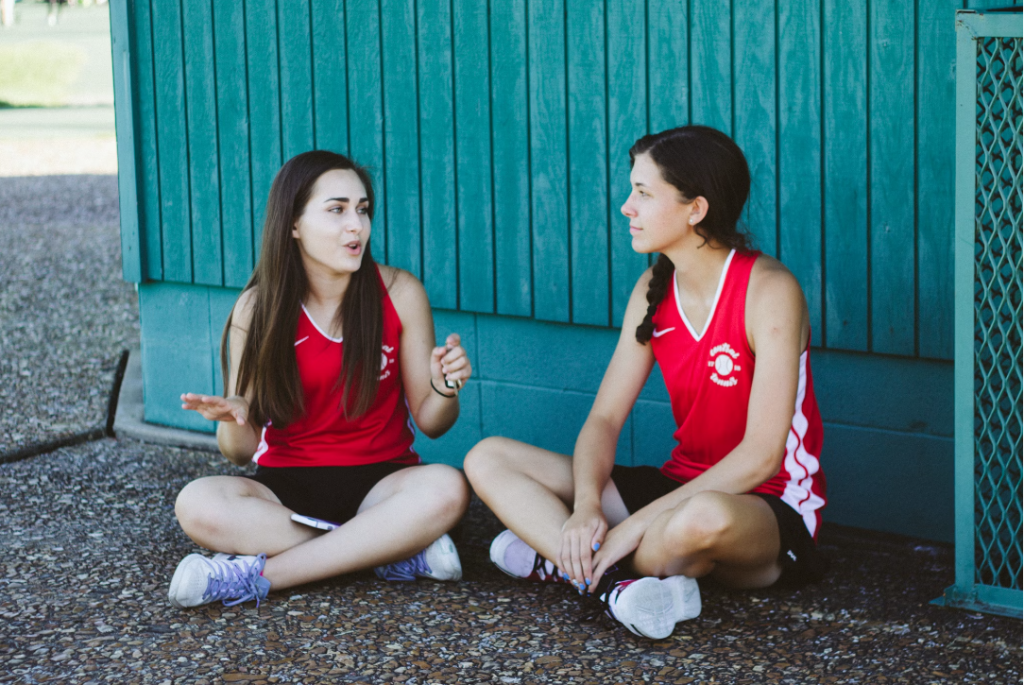In the competitive world of sports, athletes are constantly pushing their bodies to the limit to achieve peak performance. However, one aspect that is often overlooked but crucial for long-term success is recovery. In this article, we will delve into the various strategies and techniques athletes can use to rest and repair their bodies effectively.
1. Introduction
Recovery plays a pivotal role in an athlete’s journey towards excellence. It encompasses a range of practices and techniques designed to allow the body to heal, rebuild, and adapt after intense physical exertion.
2. Understanding Recovery
To understand recovery better, we need to delve into the science behind it. When athletes engage in strenuous activities, their muscles undergo microscopic damage, leading to fatigue and soreness. Recovery is the process through which these muscles repair and grow stronger.
3. Rest Techniques
Quality sleep is the cornerstone of effective recovery. During sleep, the body releases growth hormones that aid in muscle repair and regeneration. Additionally, strategic napping can provide a quick energy boost and improve cognitive function.
Restorative practices such as yoga and meditation also play a vital role in promoting relaxation and reducing stress, both of which are crucial for optimal recovery.
4. Repair Techniques
Nutrition plays a crucial role in the repair and recovery process. Athletes need to consume adequate protein, carbohydrates, and healthy fats to support muscle repair and replenish glycogen stores. Hydration is equally important, as water facilitates nutrient transport and aids in flushing out metabolic waste products.
Advanced techniques like cryotherapy and cold-water immersion have gained popularity for their ability to reduce inflammation and accelerate recovery post-exercise.
5. Active Recovery Methods
Contrary to popular belief, rest doesn’t always mean complete inactivity. Active recovery involves engaging in low-intensity exercises such as swimming or cycling, which promote blood flow to the muscles without causing additional stress.
Additionally, practices like foam rolling, massage therapy, and targeted stretching can alleviate muscle tension and improve flexibility, enhancing overall recovery.

6. Technology in Recovery
The advent of wearable devices has revolutionized the way athletes monitor their recovery. These devices provide valuable data on heart rate variability, sleep quality, and recovery readiness, allowing athletes to make informed decisions about their training load and intensity.
7. Psychological Aspects of Recovery
Recovery isn’t just physical; it’s also deeply intertwined with mental well-being. Managing stress through relaxation techniques, mindfulness, and seeking support from mental health professionals can significantly impact an athlete’s recovery journey.
8. Professional Support
Athletes can benefit immensely from working with physiotherapists, sports doctors, and nutritionists who specialize in sports recovery. These professionals can create personalized recovery plans based on individual needs and goals, ensuring a holistic approach to recovery.
9. Preventing Overtraining
Overtraining is a common pitfall among athletes, leading to burnout and increased risk of injuries. Recognizing the signs of overtraining and incorporating rest days into training schedules are essential for long-term athletic success.
10. Case Studies
Examining successful recovery strategies employed by elite athletes can provide valuable insights for others. Learning from real-life experiences can help athletes fine-tune their own recovery routines and maximize performance gains.
11. The Future of Recovery
As technology continues to evolve, we can expect further advancements in recovery techniques. Integrating these innovations into training programs will become standard practice, ensuring athletes stay at the top of their game while prioritizing their well-being.
Conclusion
Recovery is not a luxury but a necessity for athletes aiming to achieve sustained success in their respective sports. By incorporating a combination of rest and repair techniques, along with professional guidance and a proactive mindset, athletes can optimize their recovery process and perform at their best.